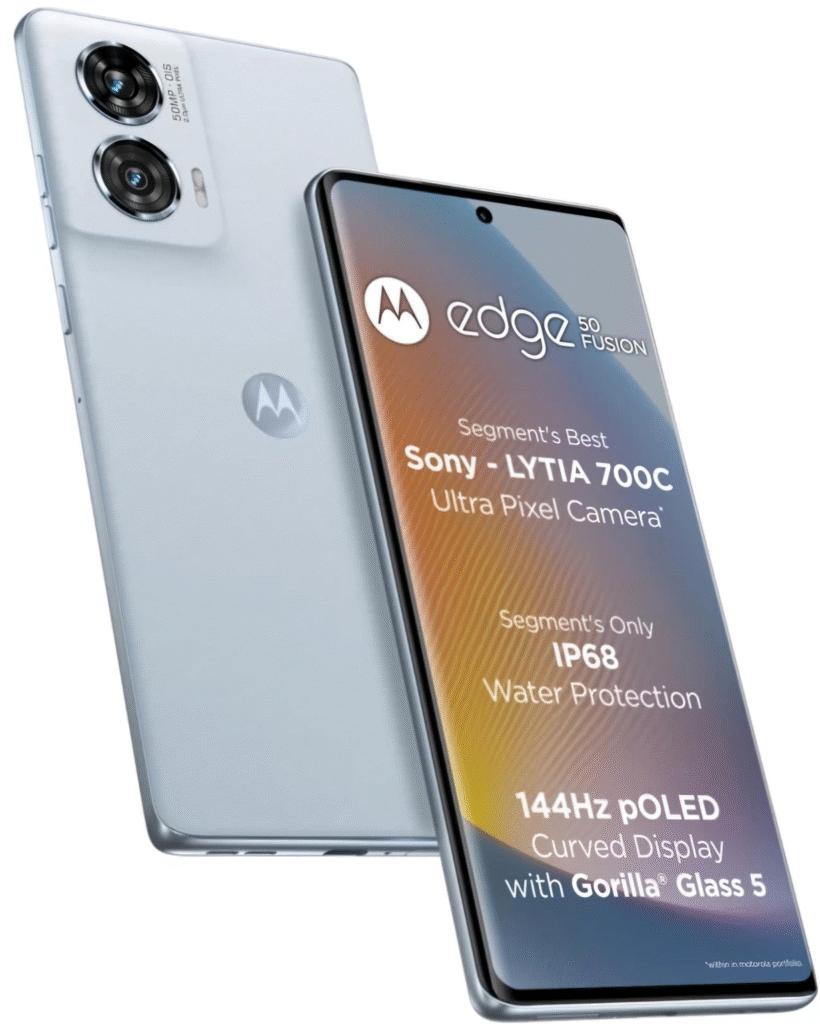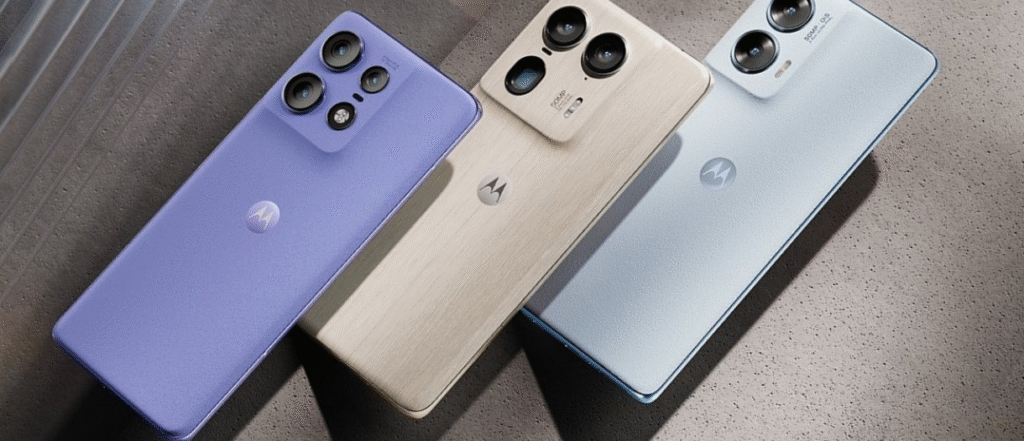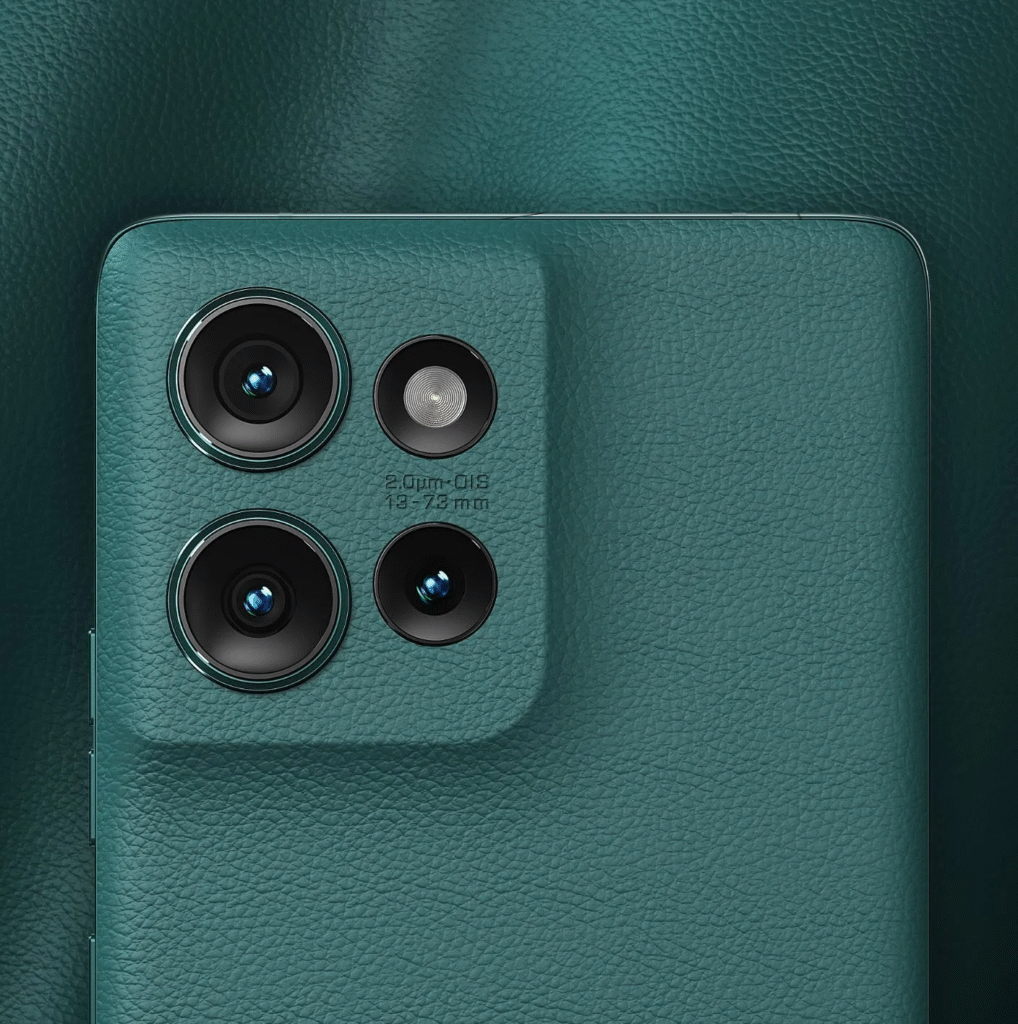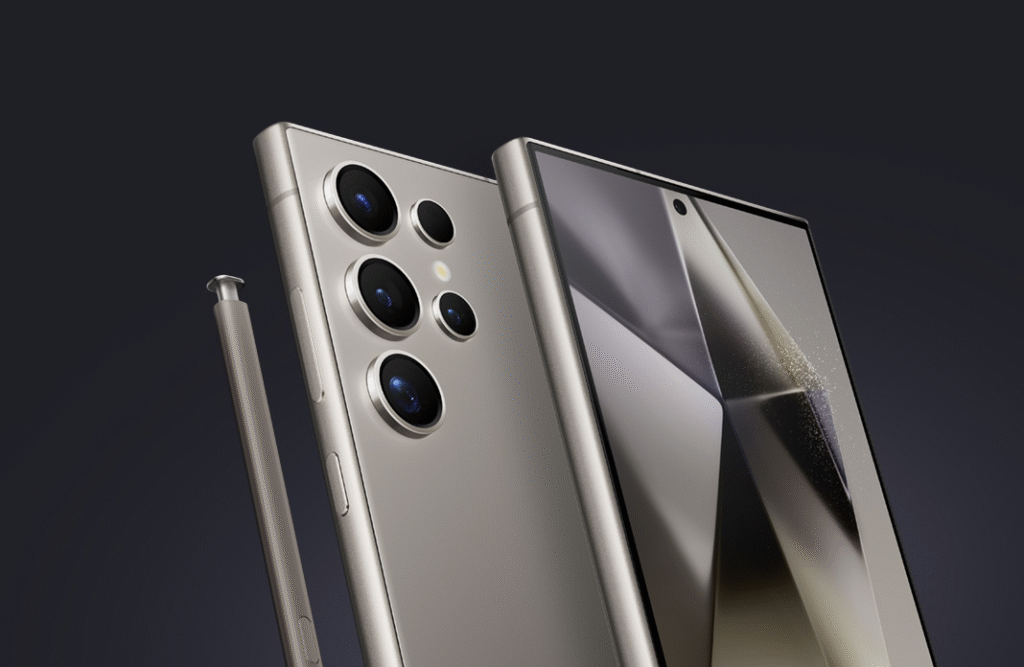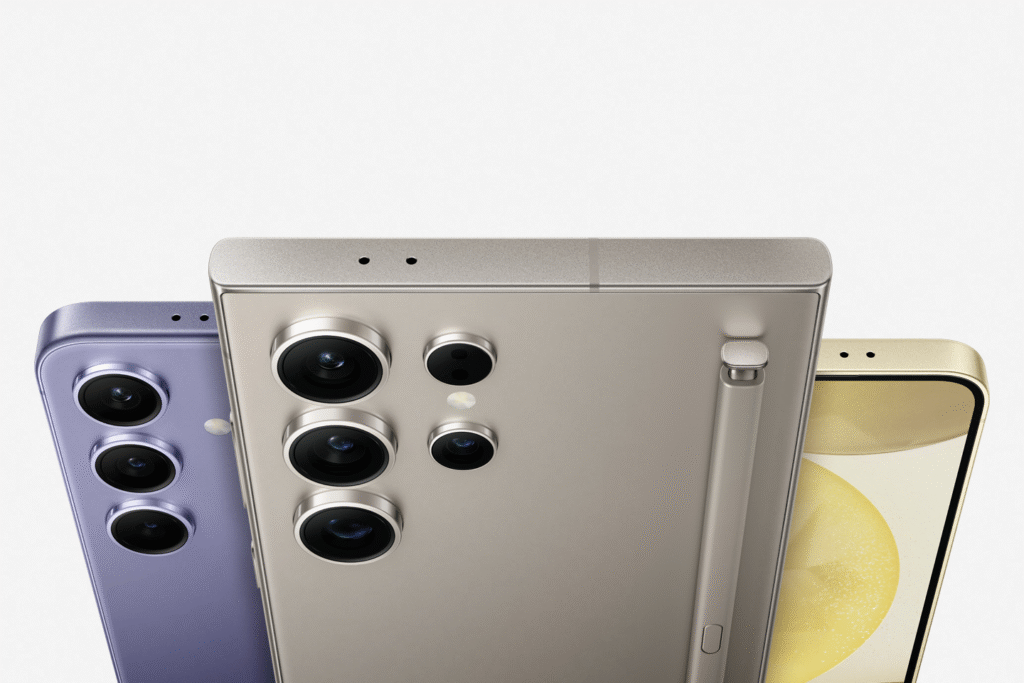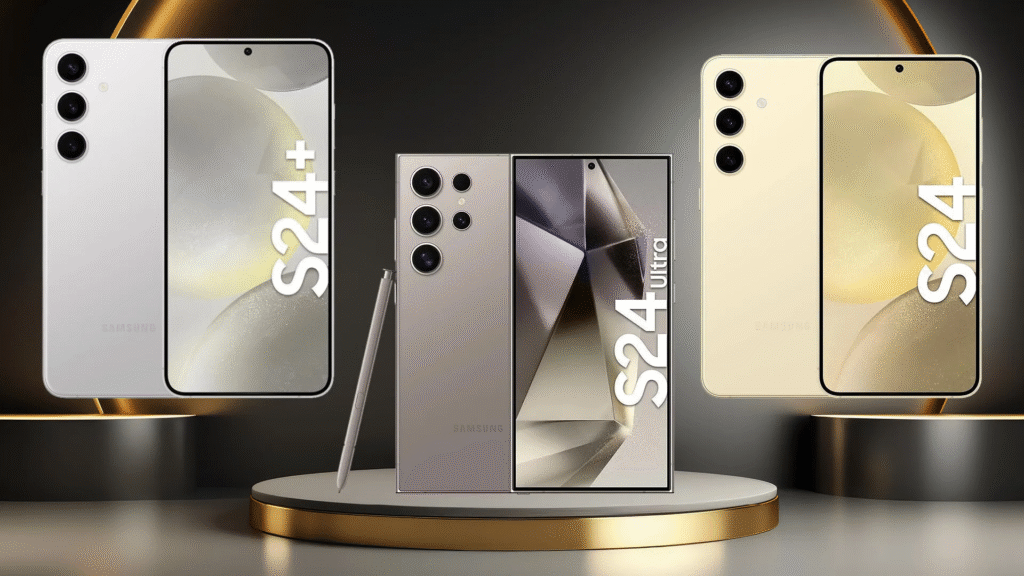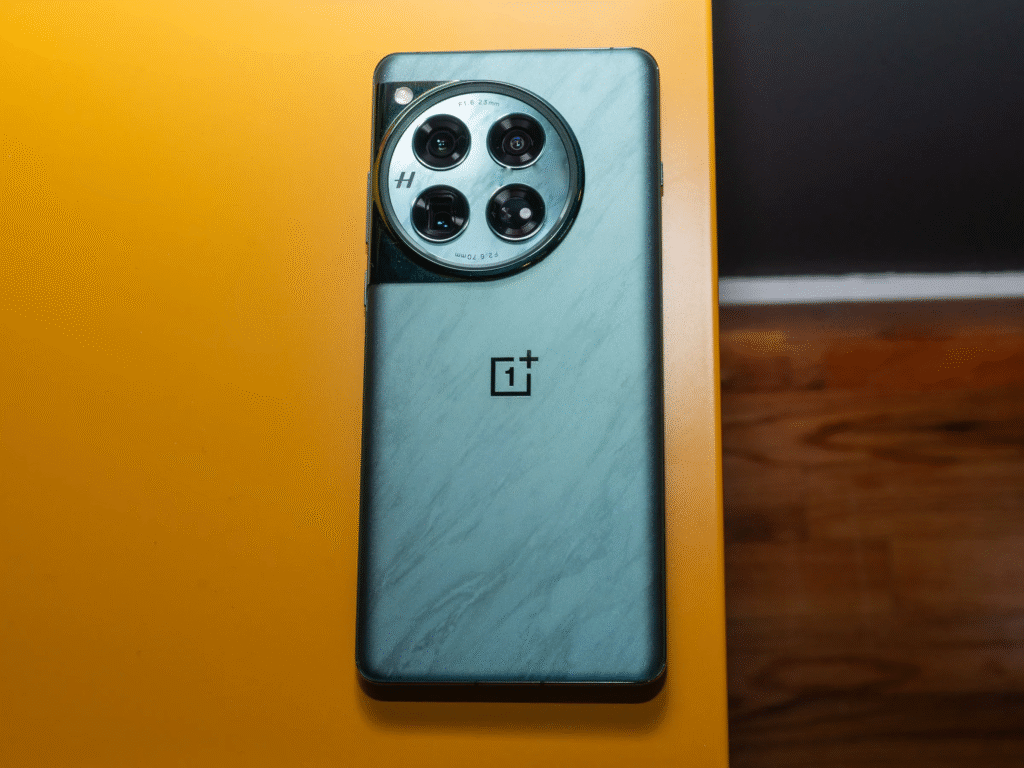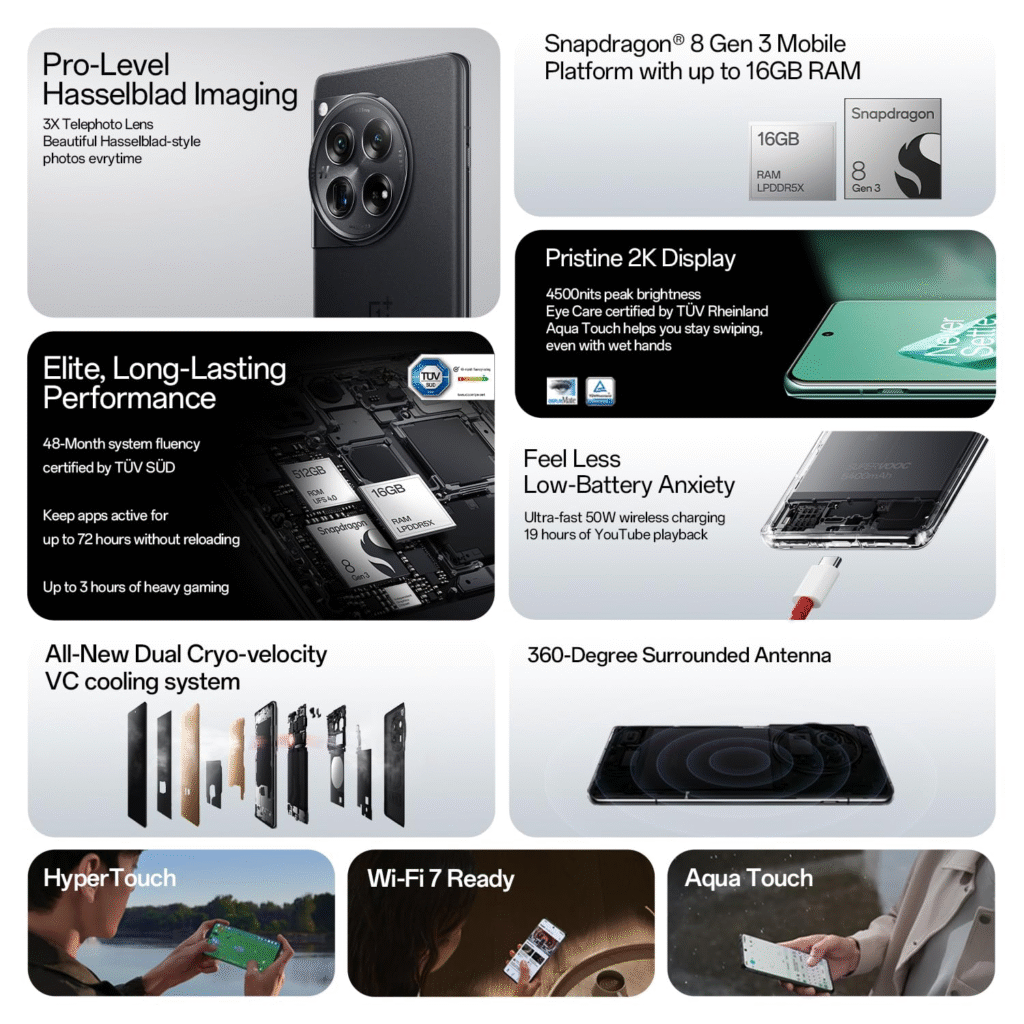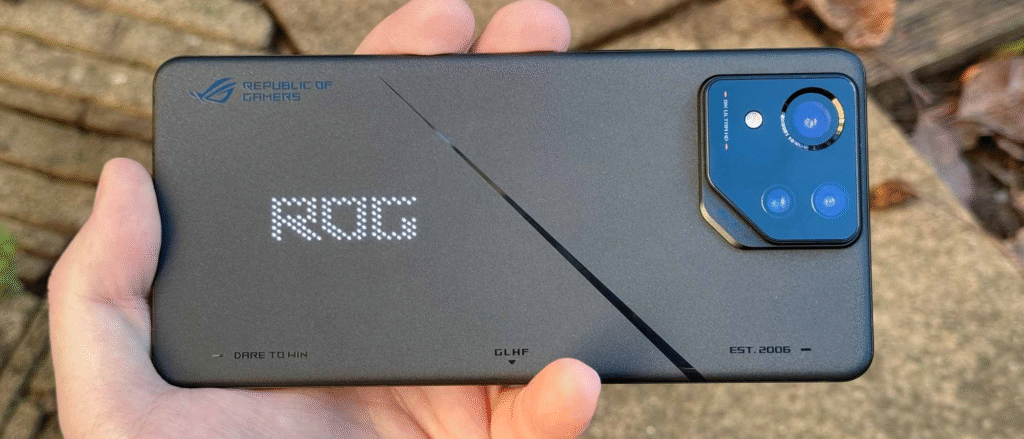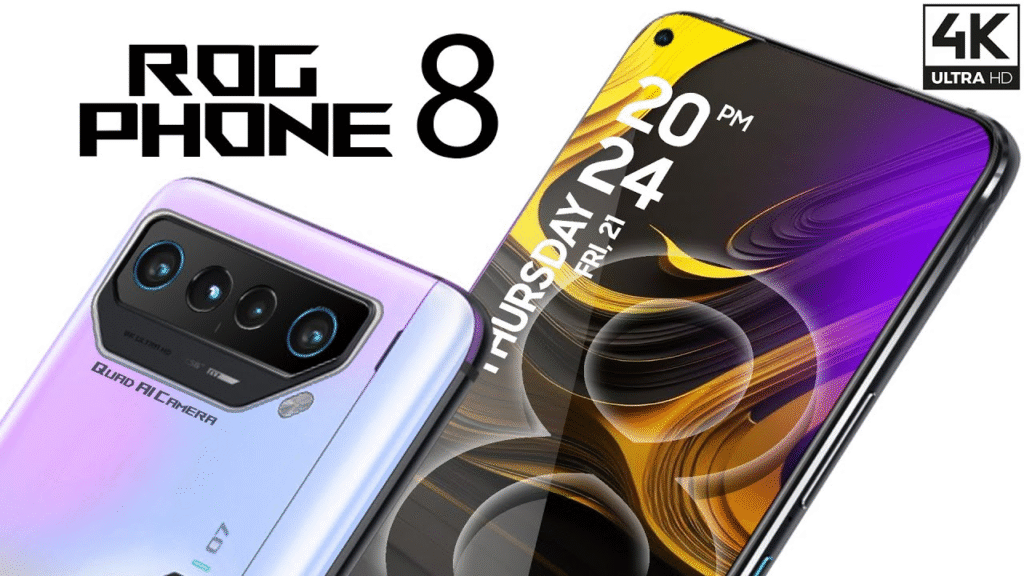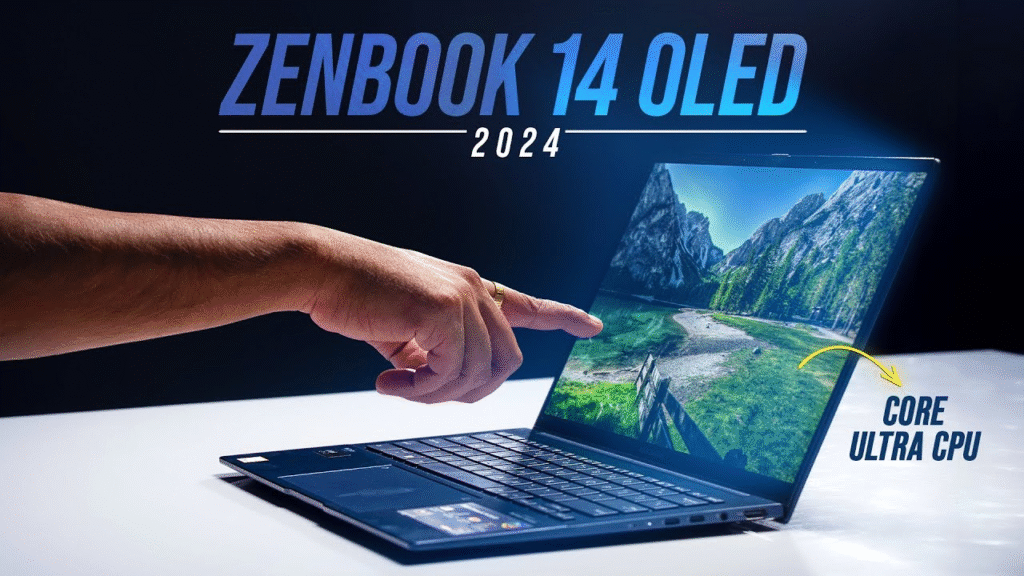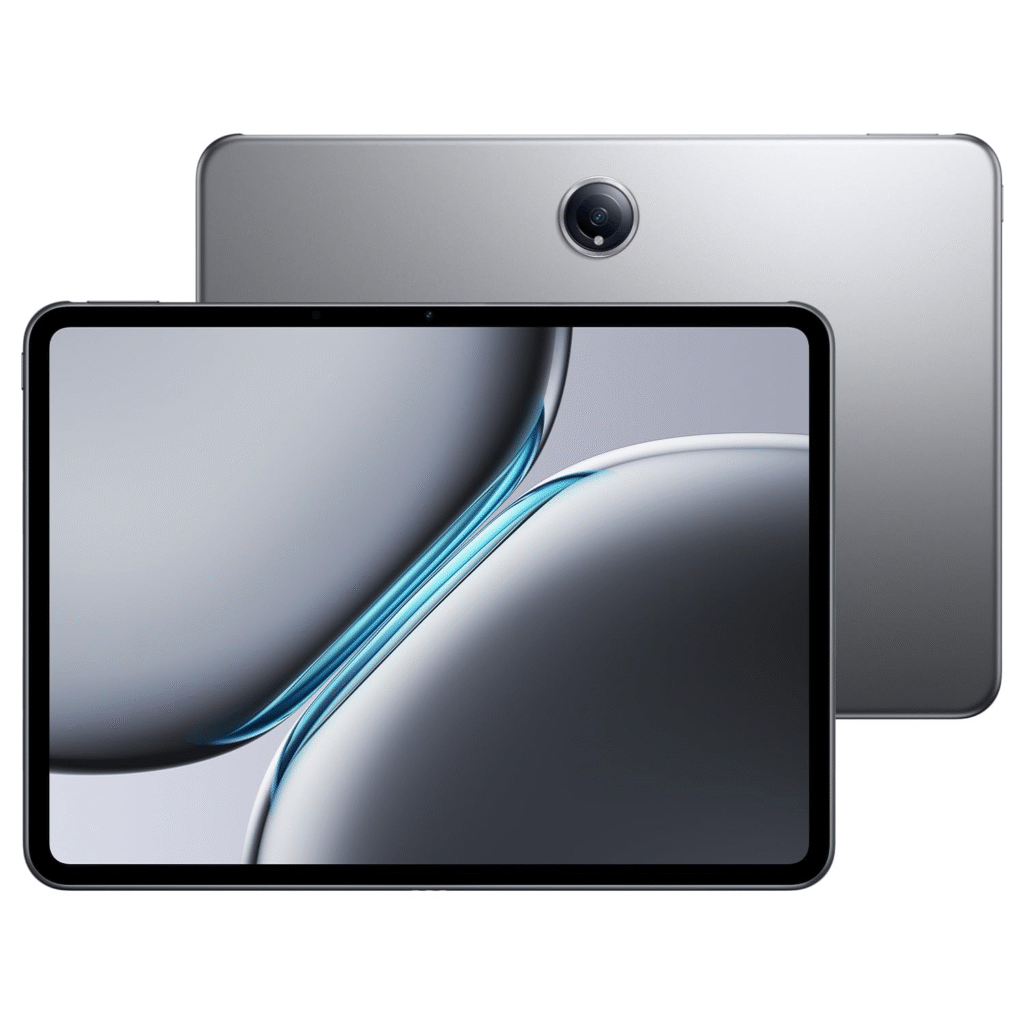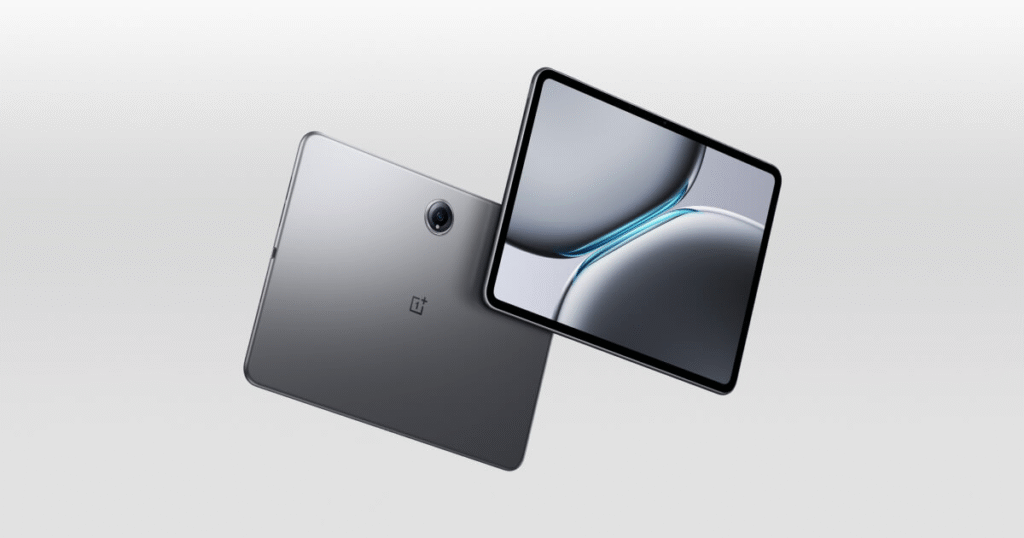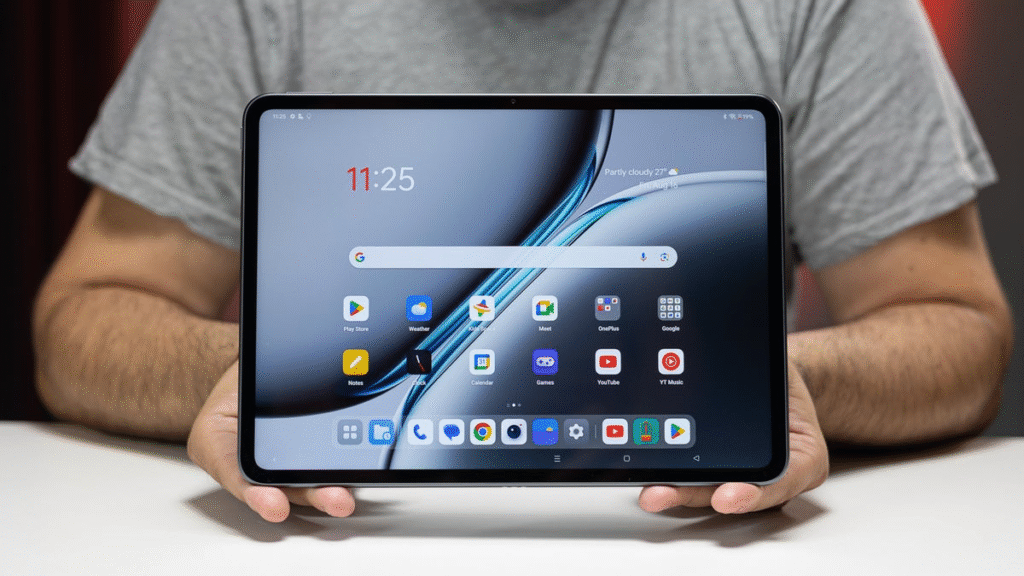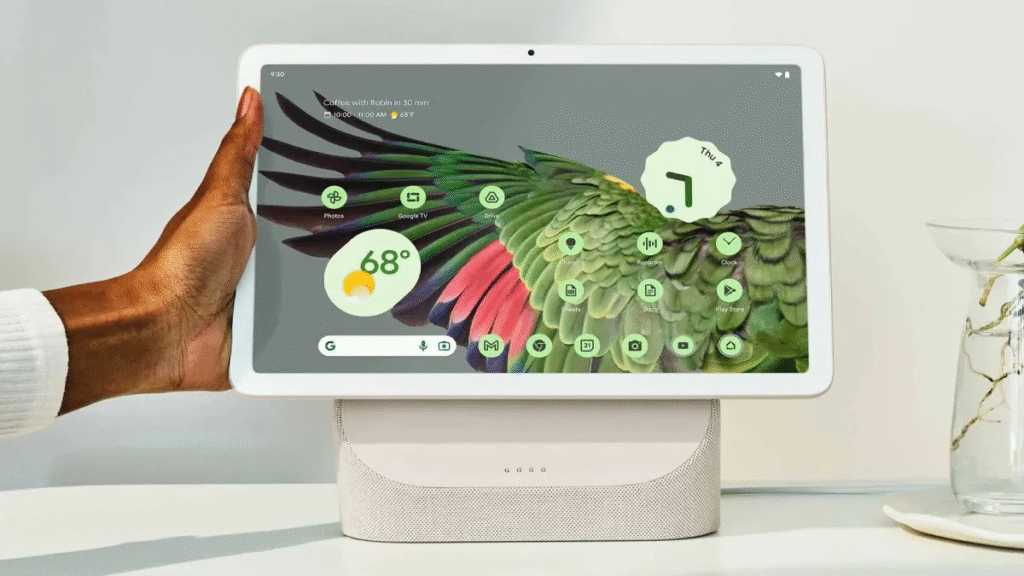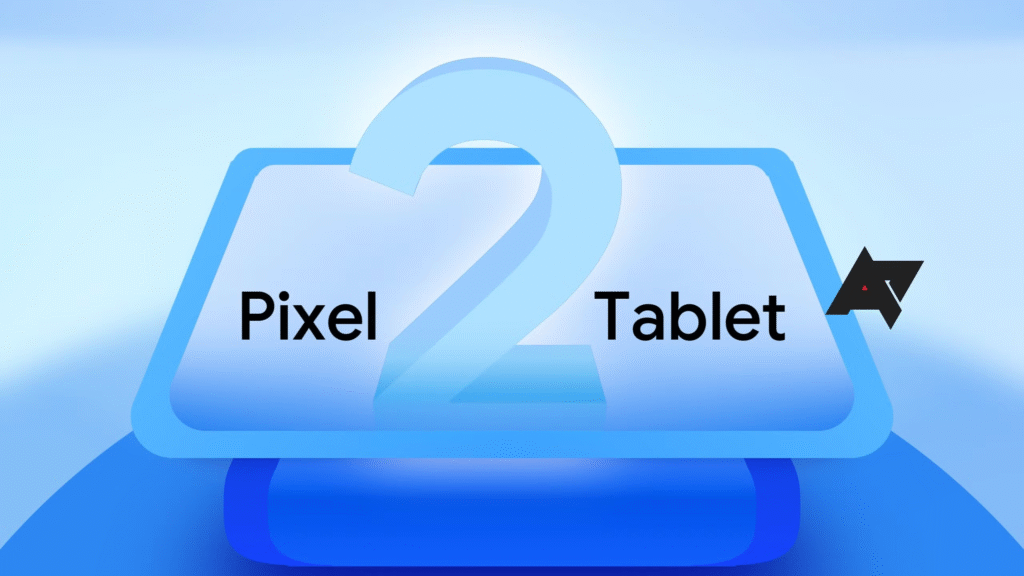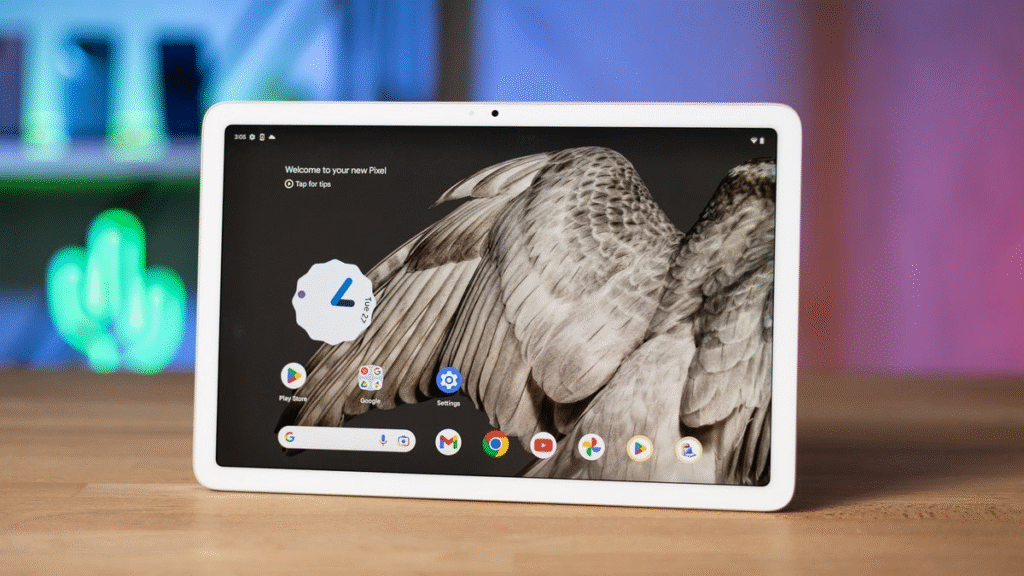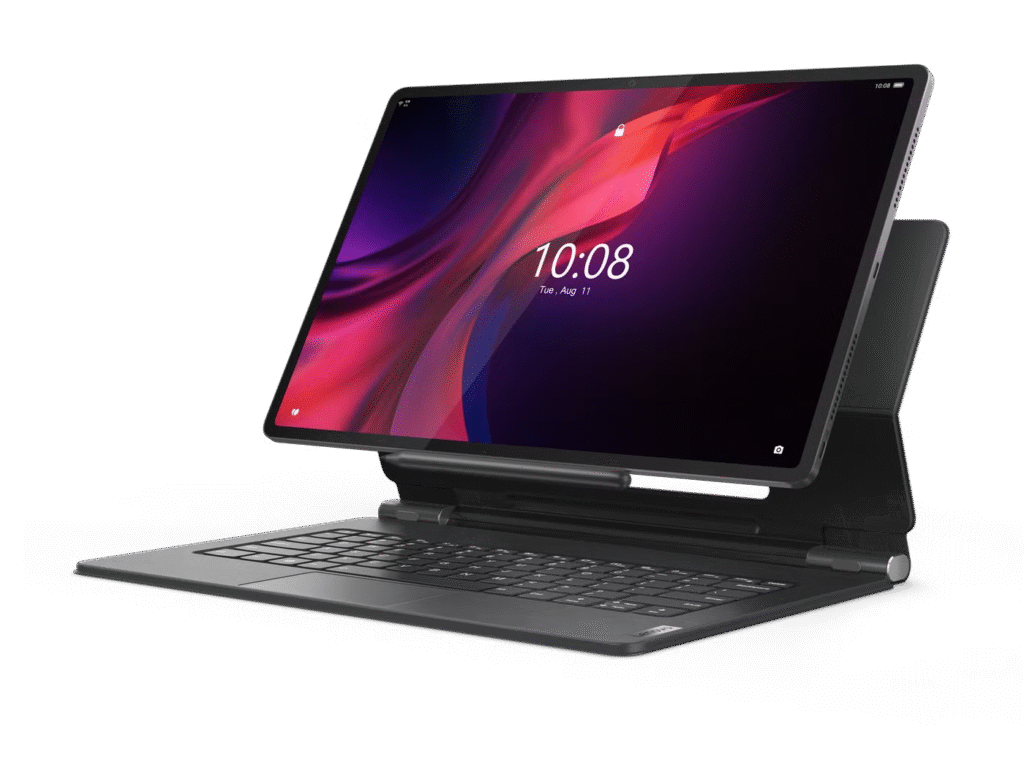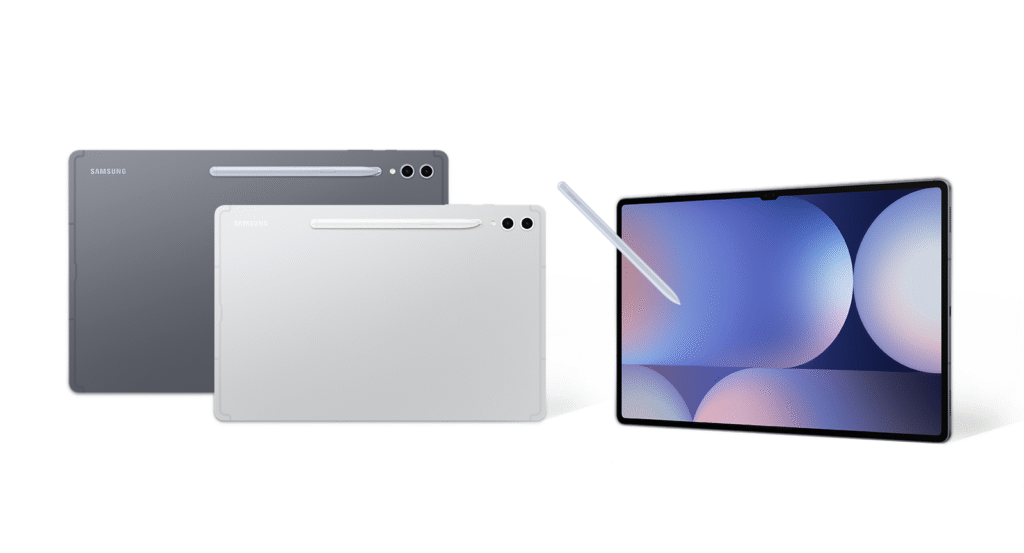Xiaomi’s 14 Ultra doesn’t just aim to compete with the best — it dares to lead. The brand has long pursued flagship territory, but the 14 Ultra finally cements its position as a world-class innovator. With its Leica-powered quad-camera system, premium materials, and cutting-edge silicon, this is not just another high-spec phone — it’s a declaration of intent.
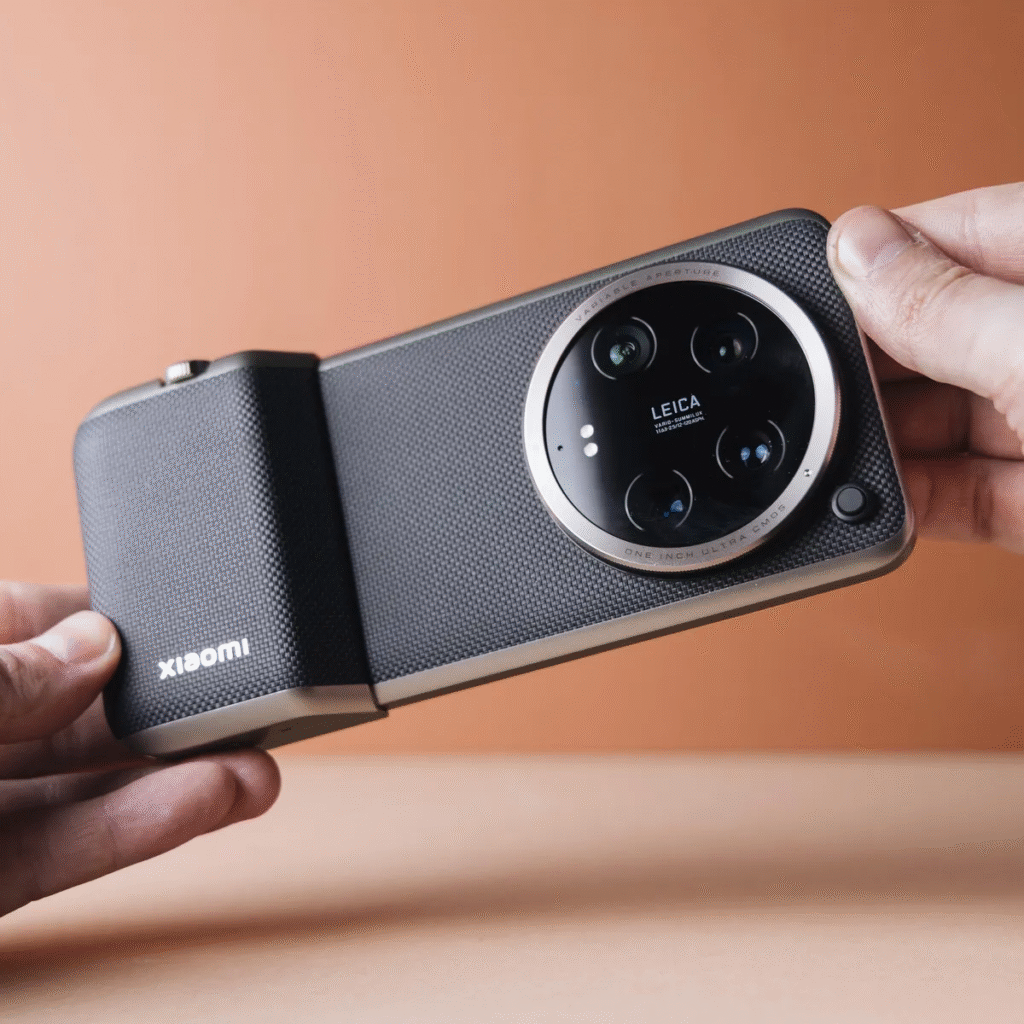
In a crowded market of incremental updates, the Xiaomi 14 Ultra differentiates itself by breaking truly meaningful ground. It unites industrial design with technical excellence, particularly in mobile photography and performance. It’s not for enthusiasts alone — it’s for pros, creatives, and anyone who wants the best Android can offer.
Design and Build
The Xiaomi 14 Ultra is as high-end as smartphones get in 2025. It has a sturdy aluminum alloy frame, curved sides that wrap around the glass front smoothly, and a round ceramic camera module that takes over the rear — unmistakably Leica-inspired. It comes in two main finishes: a matte nano-tech vegan leather and a high-gloss ceramic, both providing a unique hand-feel and fingerprint resistance.
In spite of the huge camera module and internal components, the phone is well-balanced. Weight distribution is great, and the frame is thinner than before. It is IP68 rated for dust and water ingress, which is par for this course now, but Xiaomi beats that by including structural support that gives it a rugged feel without sacrificing refinement.
It’s a product that fits into a high-end camera shop as well as it does a tech display.
Display: True Flagship Visuals
The Xiaomi 14 Ultra features a 6.73-inch WQHD+ LTPO AMOLED screen with 3200 x 1440 resolution and adaptive refresh rates between 1Hz and 120Hz. It’s dubbed a “C8” display by Xiaomi, developed in partnership with TCL, and it is one of the best screens found on any device — hands down.
It has a maximum brightness of 3,000 nits, keeping everything visible even in direct sunlight. HDR material is amazing to look at, with support for Dolby Vision, HDR10+, and HLG. The colors are rich and vivid with a Delta E of under 1, which is professional-level stuff. Xiaomi also gives it a DisplayMate A+ certification, further driving home the point that the panel is superlative.
Corning Gorilla Glass Victus 2 shields the front, with adaptive color temperature control adjusting tone dynamically depending on ambient light to minimize eye fatigue and improve comfort for prolonged viewing.
Performance: Qualcomm’s Best in Beast Mode
Beating at the core of the Xiaomi 14 Ultra is the Qualcomm Snapdragon 8 Gen 3 processor — the most powerful smartphone processor available within the Android space. With up to 16GB of LPDDR5X RAM and 1TB of UFS 4.0 storage to go alongside, this phone roars with speed on every task.
Whether you’re playing games, video rendering, or multitasking through heavy apps, performance feels smooth. Xiaomi’s ICELoop vapor cooling technology is a next-generation passive cooling solution that keeps the top speeds intact without overheating and throttling. Benchmarks put it in the lead of Android devices, and real-world usage bears out the claims.
Gamers will especially love the consistent frame rates and heat management. And with AI acceleration at the hardware level, such activities as photo editing, real-time translation, and intelligent assistant functions are faster and more responsive.

Cameras: The Leica Advantage, Fully Realized
The highlight of the Xiaomi 14 Ultra is its Leica-designed quad-camera setup. The central piece is a 50MP 1-inch Sony LYT-900 sensor with a variable f/1.63-f/4.0 aperture. This is accompanied by three other 50MP cameras: a 3.2x telephoto, a 5x periscope telephoto, and an ultra-wide lens with macro function.
Photos taken on the Xiaomi 14 Ultra seem to be from another league. Leica’s True Color and Authentic modes allow one to have tonality control — cinematic saturation or natural realism, as per your choice. Low-light scenes are unparalleled due to the 1-inch sensor size and the adjustable, bright aperture. Portraits are nothing short of incredible with depth, color rendition, and edge detection.
Zoom quality is another area where the 3.2x and 5x lenses deliver stable, unblurred shots up to 30x, and the software fusion mechanism avoids much detail loss. Macro shots and wide angle images also excel thanks to pervasive sensor quality within the system.
Video recording is just as powerful, with support for 8K at 30fps or 4K at 120fps, including Dolby Vision HDR. Manual video features, focus peaking, and LOG profile recording provide creators DSLR-type controls. There is also a new “Director Mode” that allows multi-camera shoots when combined with other Xiaomi devices or action cams.
The 32MP front camera also gets an upgrade, featuring AI-suggested framing, low-light selfies, and cinematic video features — perfect for vloggers and video callers.
Battery Life and Charging
Despite housing a massive camera system and a high-res display, the Xiaomi 14 Ultra manages battery life impressively. It features a 5,300mAh cell — slightly larger than most of its competition. Thanks to Xiaomi’s advanced power optimization and the efficiency of the Snapdragon 8 Gen 3, it can easily last over a day with mixed use.
Screen time usually hits 7–8 hours in standard use. Gaming, camera work, and navigation won’t kill the battery due to dynamic power distribution.
Charging is also exceptional. The 14 Ultra has wired charging up to 90W, which refills the battery to 100% in more than 30 minutes. Wireless charging tops out at 80W — one of the fastest in the industry — and the device has 10W reverse wireless charging.
Both the wireless and wired chargers are available individually in certain markets, although bundle deals exist through official Xiaomi channels.

Software: HyperOS Streamlines MIUI
The Xiaomi 14 Ultra launches with HyperOS, the latest software layer on top of Android 14. Though it takes some design cues from MIUI, it’s a huge step forward in terms of smoothness, stability, and ecosystem integration.
HyperOS is less buggy, more lightweight, and cleaner compared to MIUI, with smoother animations and a better notification system. Xiaomi also commits to 4 years of significant Android updates and 5 years of security patches, making it competitive with Samsung and OnePlus.
The OS is deeply integrated with Xiaomi’s ecosystem — allowing seamless connectivity with its tablets, TVs, and smart home devices. Features like device mirroring, shared clipboard, and smart cross-device calling work out of the box.
There’s a revamped control center, granular app permission management, and more robust customization options. Ads — which were a problem in older MIUI versions — are completely absent from the 14 Ultra’s premium-tier experience.
Connectivity and Audio
The Xiaomi 14 Ultra features global 5G bands, Wi-Fi 7, Bluetooth 5.4, NFC, and dual SIM. It also has an IR blaster, a popular feature among Xiaomi enthusiasts for remotely operating home appliances. Ultra Wideband (UWB) support improves location precision and allows advanced smart device pairing.
Audio is transmitted via dual stereo speakers tuned by Dolby Atmos. They are loud and clear, with rich stereo separation. Spatial audio improvements provide cinematic depth during movie watching and gaming.
Haptics are also improved. The Xiaomi 14 Ultra features an X-axis linear motor that provides crisp and nuanced feedback in gaming and everyday use.

Pricing Globally
The Xiaomi 14 Ultra is at the high end in terms of pricing, which is fitting given its top-tier specs and camera technology. Prices in mid-2025 are roughly:
The starting 12GB RAM + 256GB storage version costs around $999 USD.
The flagship 16GB RAM + 1TB storage version sells for around $1,299 USD.
It is available globally, including China, India, Europe, the Middle East, and select North American markets. In most regions, it can be purchased through Xiaomi’s website, Amazon, Best Buy, and local carriers. Xiaomi also offers generous trade-in programs, interest-free financing, and bundle discounts with tablets, earbuds, or wearables.
Final Verdict
The Xiaomi 14 Ultra is more than a phone — it’s a camera revolution in your pocket. Its Leica-engineered camera competes with pro equipment, and the rest of the phone ain’t bad either. From its ultra-bright screen and next-gen Snapdragon power to its lightning-quick charging and polished software, every aspect of the experience is precision-crafted.
For creators and photographers, it’s the perfect mobile studio. For heavy users, there’s scorching speed, intelligent AI upgrades, and solid battery life. And for those fed up with pricey, underwhelming flagships, the Xiaomi 14 Ultra is a breath of fresh, feature-packed air.
Xiaomi’s ambitions are no longer just about value — they’re about leadership. The 14 Ultra proves that the brand is no longer trying to catch up. It’s setting the standard.
